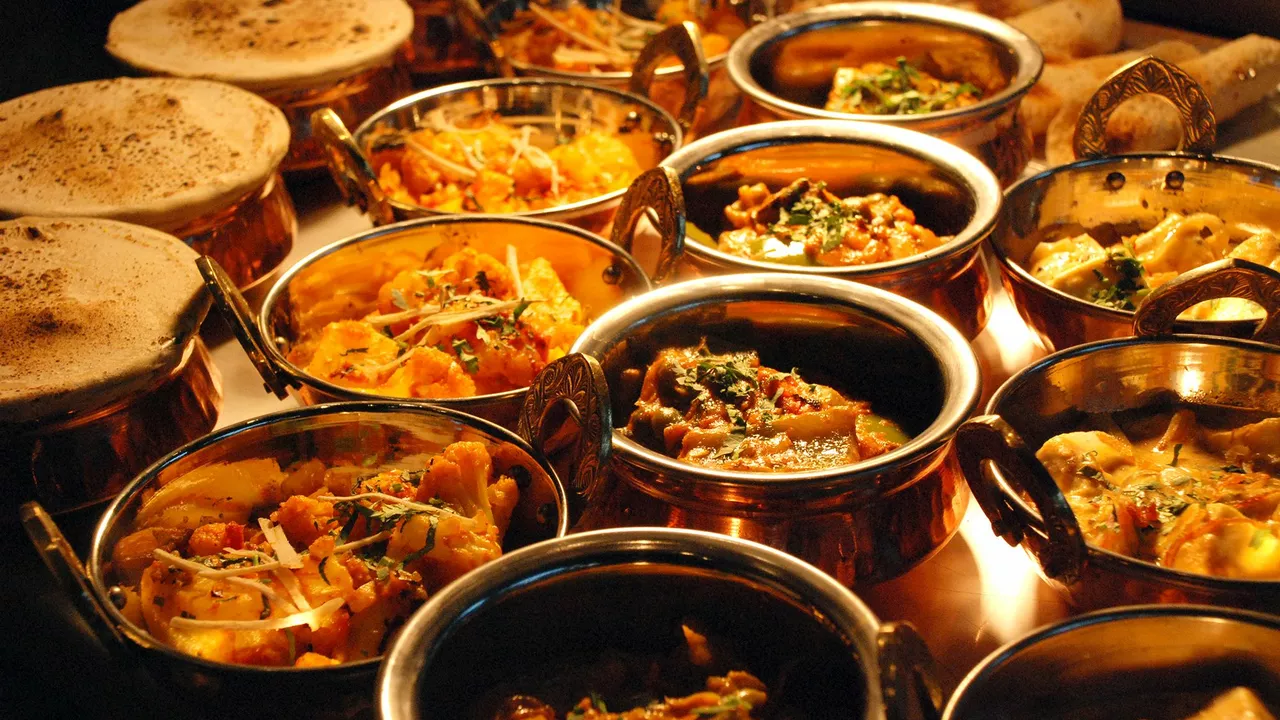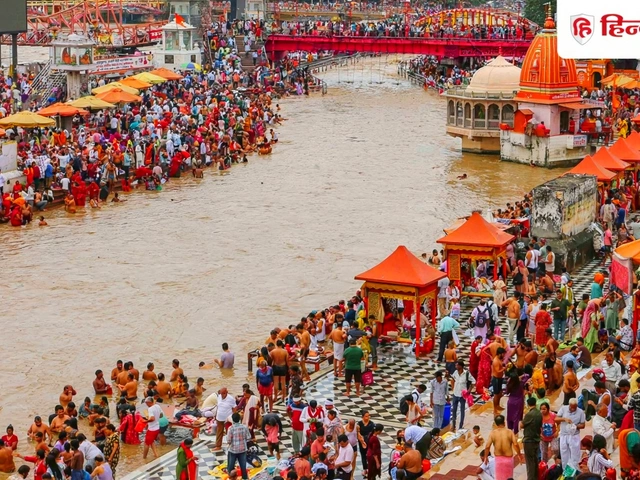Cultural Influence on Indian Jewellery: What Shapes Your Next Piece?
If you’ve ever wondered why a pair of earrings looks like a peacock or why a necklace flashes red and gold on a wedding day, the answer is culture. Indian jewellery isn’t just metal and stones – it’s a story that has traveled through temples, courts, and festivals for centuries. Knowing those stories helps you pick pieces that feel personal, not just pretty.
Regional Roots and Signature Motifs
Every Indian state has a signature style. In Rajasthan, you’ll spot massive Kundan work, where tiny glass beads create intricate floral patterns. Gujarat lovers swear by silver‑etched meenakari that mixes bright enamel with traditional motifs like the ‘akh’ (eye). Down south, gold filigree from Tiruchirappalli mimics temple carvings, while Bengal’s shonar bangla designs showcase delicate polki diamonds set in swirls that echo the region’s folk art.
These regional signatures aren’t random. They mirror local myths, climate, and even the materials that were easy to source. For example, coastal Kerala uses a lot of coral and seashells because fishermen brought them ashore. Knowing where a design originates can guide you to a piece that matches your own background or simply your favorite story.
Modern Fusion: Keeping Tradition Alive
Today, designers blend age‑old techniques with contemporary silhouettes. Think a classic jadau necklace re‑imagined as a choker, or a traditional bangles set made with graphite for a sleek, urban vibe. This fusion lets you wear heritage without looking like you’re stuck in the past.
If you’re a first‑time buyer, start with a versatile staple – a simple gold chain with a small temple pendant. It can be dressed up for a ceremony or kept low‑key for work. Add a statement piece, like a Kundan cock‑shaped brooch, when you want to turn heads at a festival.
Another practical tip: match gemstones to cultural symbolism. Rubies represent power and passion in many Indian myths, while emeralds are linked to fertility and prosperity. When a piece features a specific stone, think about what that stone means in the cultural context – it can add a layer of personal significance.
Don’t forget the role of festivals. Diwali, Navratri, and Akshaya Tritiya are prime times for new jewellery purchases. Buying during these occasions is believed to bring good luck, and many jewelers release exclusive collections tied to the celebrations. Timing your purchase can make the piece feel even more meaningful.
Finally, look for authenticity. Reputable Indian jewellers often display a hallmarked stamp, a certificate for gemstone quality, or a note about the traditional technique used. These details assure you’re getting genuine cultural craftsmanship, not a cheap copy.
In short, cultural influence isn’t just a buzzword – it’s the heartbeat behind every curve, color, and carve in Indian jewellery. By learning a bit about regional styles, symbolic stones, and modern twists, you can choose pieces that tell your story while honoring centuries of tradition.
Why is Indian food so famous?
Oh boy, where do I even start with this? Indian food has conquered hearts (and taste buds) globally, and it's not just because it's a culinary rollercoaster! The magic lies in the mind-boggling variety of flavors, colors, and textures. Now, let's not forget about those intoxicating aromas, they really know how to draw you into a feast! And lastly, the art of blending spices, it's like watching a spice wizard at work! So, in short, Indian food is the Beyoncé of all cuisines, it's that superstar that's got the world grooving to its beats!






